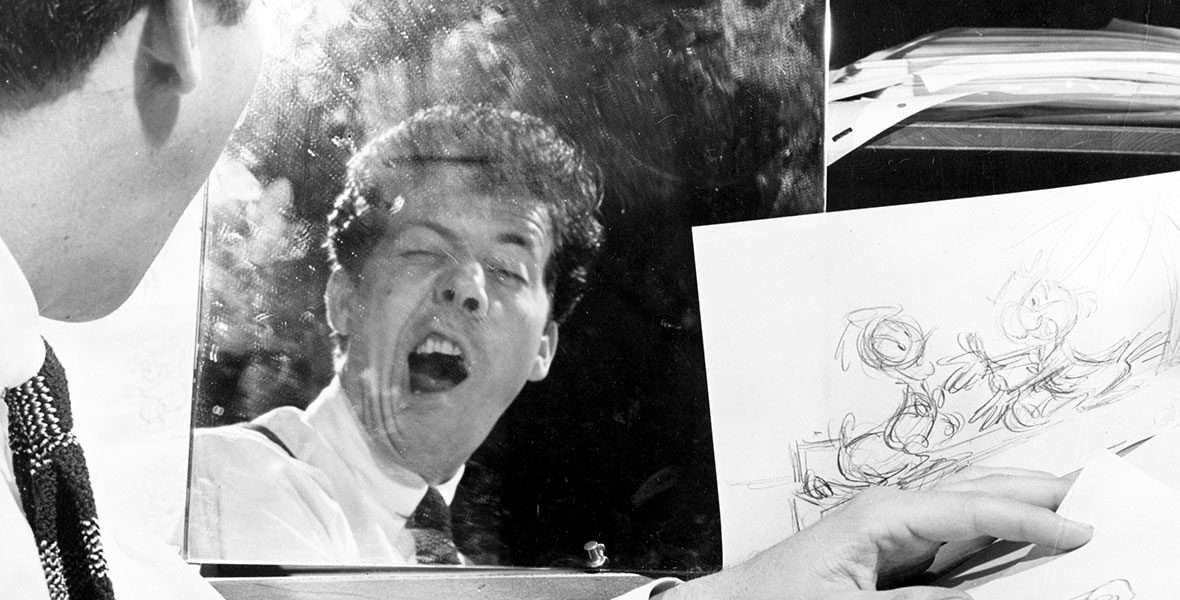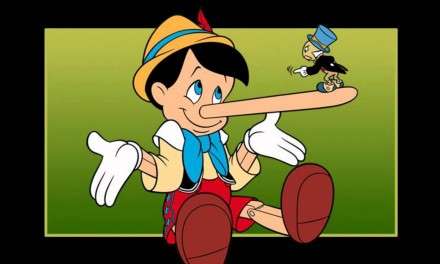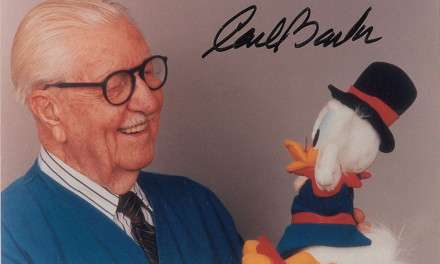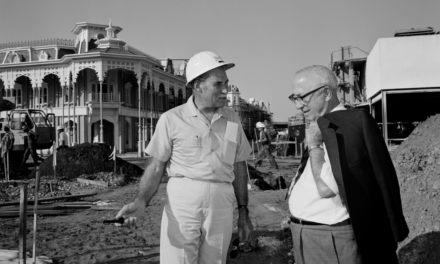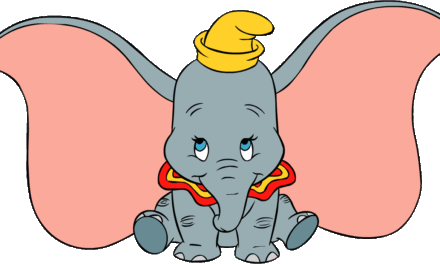Even the gifted prophetic Walt Disney could not have foretold the present state of his company. Today, the Walt Disney Company has its tendrils entwined into almost every entertainment, vacation and theme park venues in the world. Disney operates the world’s most successful Cruise lines, soon to have seven ships afloat. They administer the Disney Vacation Club, one of the most advanced Time-Share Operations Worldwide. Disney today owns many of the top entertainment franchises ever build…LucasFilms, Marvel Studios, Pixar, ABC, and the list goes on. With its stable of Imagineers, craftsmen, engineers and CGI studios, there is no attraction nor Theme Park lacking the latest in technological advances.
But despite this, the true core of Walt’s company success is its characters. From Alice from the Alice Comedies to the oldest continuing Disney character, Peg Leg Pete, and of course Mickey Mouse, Walt instilled in his characters’ warmth and personality (Winsor McCay did precede Walt in 1914 with Gertie the Dinosaur). People could relate and emote with Walt’s characters, feel their sorrow, their triumphs and after the release of the first animated feature film, Snow White and the Seven Dwarfs, folks watching the film did not think of the characters as cartoons, but live people and they were drawn into the story. But the amazing core of animators and talent Walt convened over the years made this a reality. One of my favorite and perhaps the greatest change-makers in the Company was Robert Fred Moore, known to most as Freddie. Here is his story…
Although no cartoon character by any means, Fred Moore (Nee: Robert Fred Moore September 7th, Los Angeles, California, 1911- Died November 23rd 1952, 41 years in Burbank, California) Robert Fred Moore with his unique design style and drawings helped the Disney Company bring to life the special appearance of the many characters we all love today. Fred Moore had little formal art training, but was a natural draftsman, much like Ub Iwerks. He almost single-handedly defined many of the Disney Cartoons.
How did a man with almost no training get a job at Disney? The legend story goes that he walked into Walt’s office with some drawings he had made on some cardboard and said, “I like to draw”. But the real story was when a friend who had an interview with Walt could not make it because of a toothache, Fred then 19 years old jumped at the opportunity and went in his stead. The only formal training that Fred had was a couple of night classes he took at Chouinard Art Institute for janitorial work he did. Fred had always loved to draw, and he often submitted drawings to the Los Angeles Junior Times, which was a magazine for young people while growing up.
It took Fred about two years with the Disney Company to hit his stride, and even when he became a top animator, he was always available to help his fellow workers. Many would come to him and ask for help, and Fred would just show them and help them out. The hallmarks of Fred’s talent were his ability to give his characters emotion and appeal, and he helped develop the “Squash and Stretch” technique of drawing. This made his characters behave “Realistically” as they walked and ran, instead of like “Robots”. Moore was known as the “Mickey” expert and his technique of the Squash and Stretch transformed Mickey into the Mouse we know today. He also re-designed Mickey in the “Sorcerer’s Apprentice” from Fantasia to have smaller eyes and pupils, which helped with Mickey’s facial expressions. The last cartoon short that Mickey appeared in his “Pie-eyed” original form was the “Brave Little Taylor” in 1938.
His Drawings and style, after the departure of the Legendary Ub Iwerks’ in 1930, has exemplified the substantial years of Walt’s studio when Walt himself proclaimed his then nine key animators his “Nine Old Men”. This moniker was in reference to the 1936 book “The Nine Old Men” penned by Robert S. Allen and Drew Pearson about the nine justices of the Supreme Court, most over the age of 70, while the animators were in their twenties. The studio design at the time was led by storyboard artist Bill Peet, animator Milt Kahl and Ham Luske, all who pioneered advances in animation which birthed the first Feature Animation success, Snow White and the Seven Dwarfs.
Freddie was quiet and reserved than most of his peers. He spoke very little about his family. He was married twice, has two daughters, Melinda and Sue Moore. Both daughters had married and gave Freddie three grandchildren. Fred was close to his fellow animators, especially Walt Kelly and Ward Kimball. Kelly made many gag-drawings during the production of Pinocchio with Kimball portrayed as the corrupt Lampwick, but featured the reserved and boyish Moore as Pinocchio himself. In the 1941 feature the Reluctant Dragon, Moore made a brief live-action appearance. Joining him were Norm Ferguson and Ward Kimball. Kimball and Moore were also satirized as song and dance men in the Mickey short, “The Nifty Nineties”.
Thus it is sad to say, Freddie had a problem with alcoholism, and Ward Kimball had at times had to finish some of Moore’s work when he was too intoxicated to complete it. It was for this reason, and him being at times too unreliable, that Walt had fired Fred Moore in 1946. Fred then worked for the Walter Lantz Studio, where here he redesigned the famous Woody Woodpecker during his two-year tenure there. Walt re-hired Freddie in 1948.
Fred, principal animator on the Three Little Pigs was responsible for the soft and cuddly looks of the pigs, which Walt himself approved of the look. He was also the animation supervisor on Snow White and the Seven Dwarfs, and his work on the Dwarfs was considered by many to be his crowning achievement. Other notable work includes Alice in Wonderland, Dumbo, Peter Pan and Pinocchio. Fred was also known for his drawings of sexy woman, many of them nude which were popular around the studio. These drawings were known as “Freddie Moore Girls” Many of these drawings are still admired by fans and animation buffs, and are prized as collectibles. His style of drawing the women found its way into some of Disney’s films. The teenage girls in “All the Cats Join in” from Make mine music and the “Centaurettes from Fantasia all have design distinctions from a Freddie Moore Girl.
In addition, Freddie personally animated the beginning of “All the Cats Join in” when the girl answers the phone, showers and dressed and until the scene where she puts on lipstick in front of the mirror. In the 1954 Disney short, “Casey Bats Again”, you again see Freddie’s lasting inspiration in the drafting of Casey’s daughters. Even a model sheet for Ariel in the classic “The Little Mermaid” showed identifiable and individual characteristics of Ariel and a “Freddie Moore Girl”
Fred Moore met his untimely death in an auto accident while driving with his wife, Virginia on Saturday, November 22nd, 1952. When his wife attempted a U-Turn on a highway near the Angeles National Forest, their car was struck head-on and Fred passed away the next day at St. Joseph’s Hospital. Ironically it was the same hospital that Walt Disney passed away in, fourteen years later. Robert Fred Moore was inducted as a Disney Legend by the studio in 1995.

